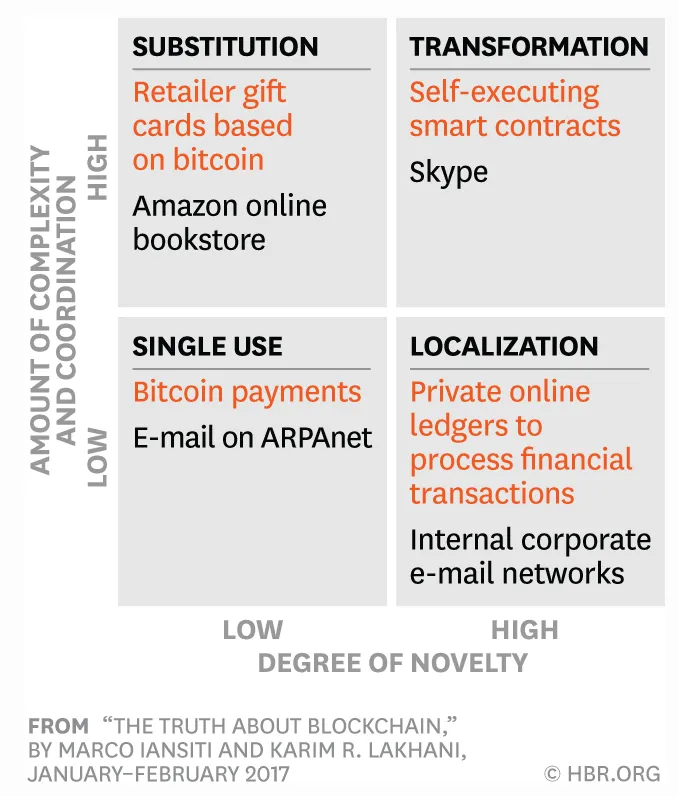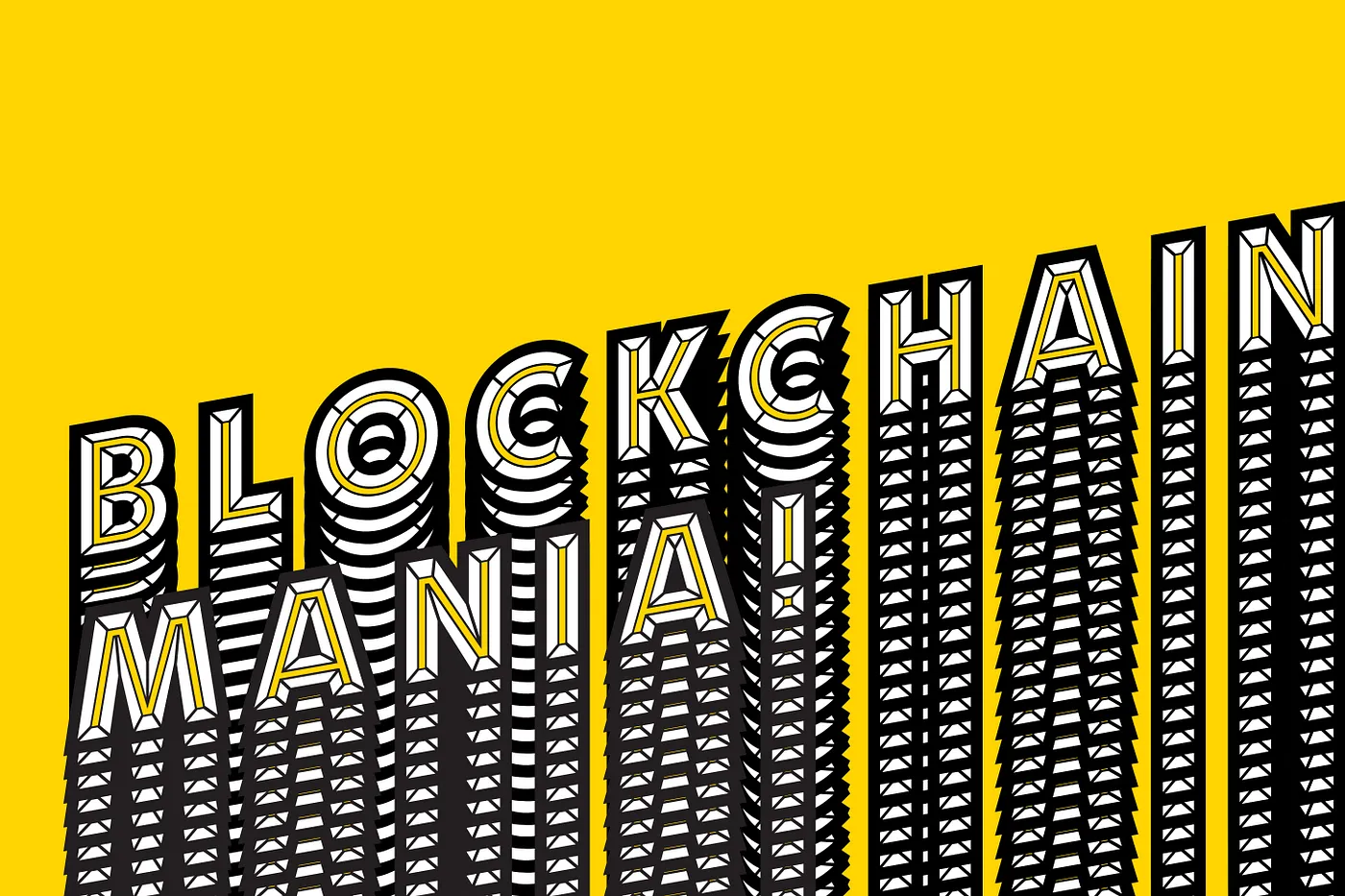Blockchain as a “Foundation Technology”
The key problem with today’s business is “Contracts”. They form the basis of how various suppliers and buyers interact with each other and with the intermediaries (banks/governments) that enable contracts in between. However, the current technologies that manage these contracts have evolved around a centralized trust architecture and the bureaucracies that have formed to manage them. The current landscape of managing business contracts looks like traffic gridlock managed by multiple gatekeepers (banks, customs, lawyers, brokers etc).
Blockchain breaks this gridlock by enabling a trust-less architecture that allows a peer to peer transmission of data without going through a central node, thus breaking the traffic gridlock situation imposed by current architectures. On top of this, the technology allows computational logic to embed contracts in a secure digital code. Thus transactions around the contract cannot be tampered with, as a digital signature of each transaction is verified, stored and shared in a distributed ledger that is available with all participating nodes on the chain. Thus with Blockchain, we can “theoretically” get rid of intermediaries.
The Hype Around Blockchain
The blockchain is often presented as a revolutionary technology that is going to supposedly revolutionize businesses and redefine economies, thus fueling quite a bit of hype around it. However, to become a revolutionary technology, Blockchain still has to cross many barriers: technological, governance, organizational and even social.
Thus it is important to understand its pattern of adoption rather than assuming that the business landscape will suddenly become efficient with Blockchain implementation.
The Adoption Framework of Foundation Technologies[1]

TCP/IP or internet as we know today is a foundation technology that has transformed the way business is conducted. The path of adoption of Blockchain as a foundation technology could be very similar to the adoption of TCP/IP over the past couple of decades.
The framework for the adoption of foundation technologies can be summarized in four key categories
1. Single Use: This first stage is defined by the low level of complexity (represented by the level of coordination required in diverse parties that need to work together) and novelty (the degree of newness or originality). TCP/IP at this stage was being used as a basis of email in US Department of Defense. Analogues to this use case is the use of Blockchain as a currency like bitcoin. As email was a single use application for TCP/IP forming a cheap alternative to phone calls and faxes, bitcoin as a digital currency is similarly an alternative to paper currency. Its noteworthy to see the growing adoption of bitcoin (Market cap of USD 115 Billion out of total USD 215 billion cryptocurrency market cap as of 27 August 2018[2]).
2. Localization: Localization defines the second stage of adoption wherein the technology is still low in terms of complexity and coordination however high in the novelty of use. TCPI/IP’s adoption as an internal email network at private corporations marks its ascent to this stage. Similarly, Blockchain’s adoption in banking systems as private online ledgers to bring down the cost per transactions is an analogous use case in this quadrant.
3. Substitution: This stage is defined by the relatively higher level of complexity and coordination required for use but relatively low novelty as it is built on existing single-use application. TCP/IP at this stage got a wider adoption with the world wide web. News went online with CNET, AOL messenger became widely popular and companies like Expedia and Priceline started selling airline tickets online using the internet (TCP/IP) as a backbone. As for Blockchain, the advent of multiple cryptocurrencies using bitcoin or Ethereum as a basis can be symbolized as a use case in this quadrant. These cryptocurrencies are still struggling with adoption as it requires more complicated changes in regulatory environments of financial institutions to allow broad adoption.
4. Transformation: This stage marks the wide adoption of technology with respect to high novelty as well as the complexity of coordination of multiple parties on the platform. When companies like Google and eBay were formed, they transformed the way businesses are run using internet or TCP/IP technology. Be it online auctions or complex search algorithms, the use case is fairly complex and requires a high degree of coordination for peer to peer transactions. For Blockchain, its adoption and use to execute smart contracts would represent its transition to a trans-formative stage technology. Though we see significant white papers and pilots around smart contracts, adoption is still far from significant.
Conclusion
It took TCP/IP more than 30 years to move through all the four stages — single use, localization, substitution and transformation. Today, the most valuable companies are internet based and utilize peer to peer platform-based business models.
With Blockchain, though we see varied use cases in all four stages, its still early in its adoption to be defined as a technology in a trans-formative stage. Even though there is significant hype around its use, we feel that the adoption will still take a couple of more years if not decades to have a truly trans-formative effect on the business environment.
Sources & References:
[1] The Truth About Blockchain — HBR.org
[2] Coinmarketcap
Links to previous thoughtpieces



